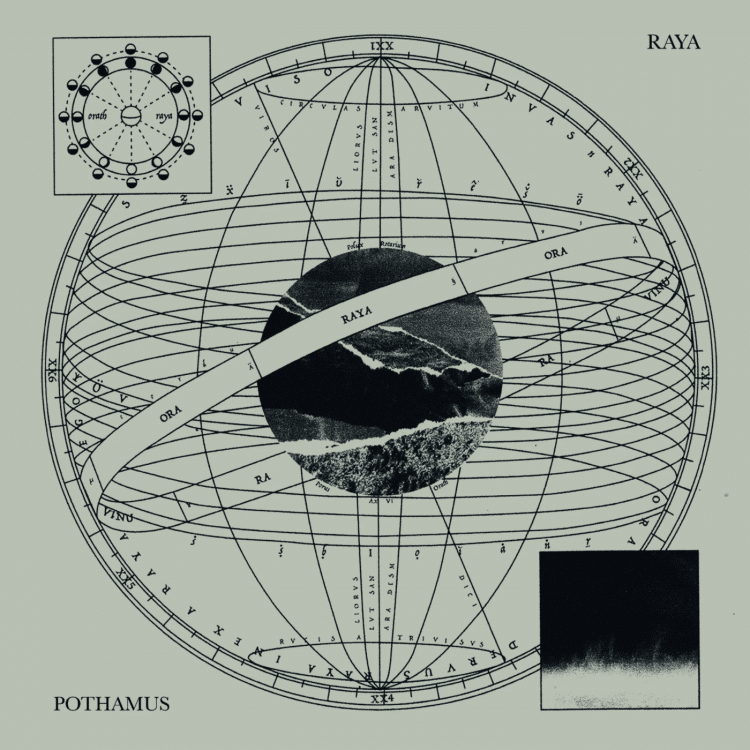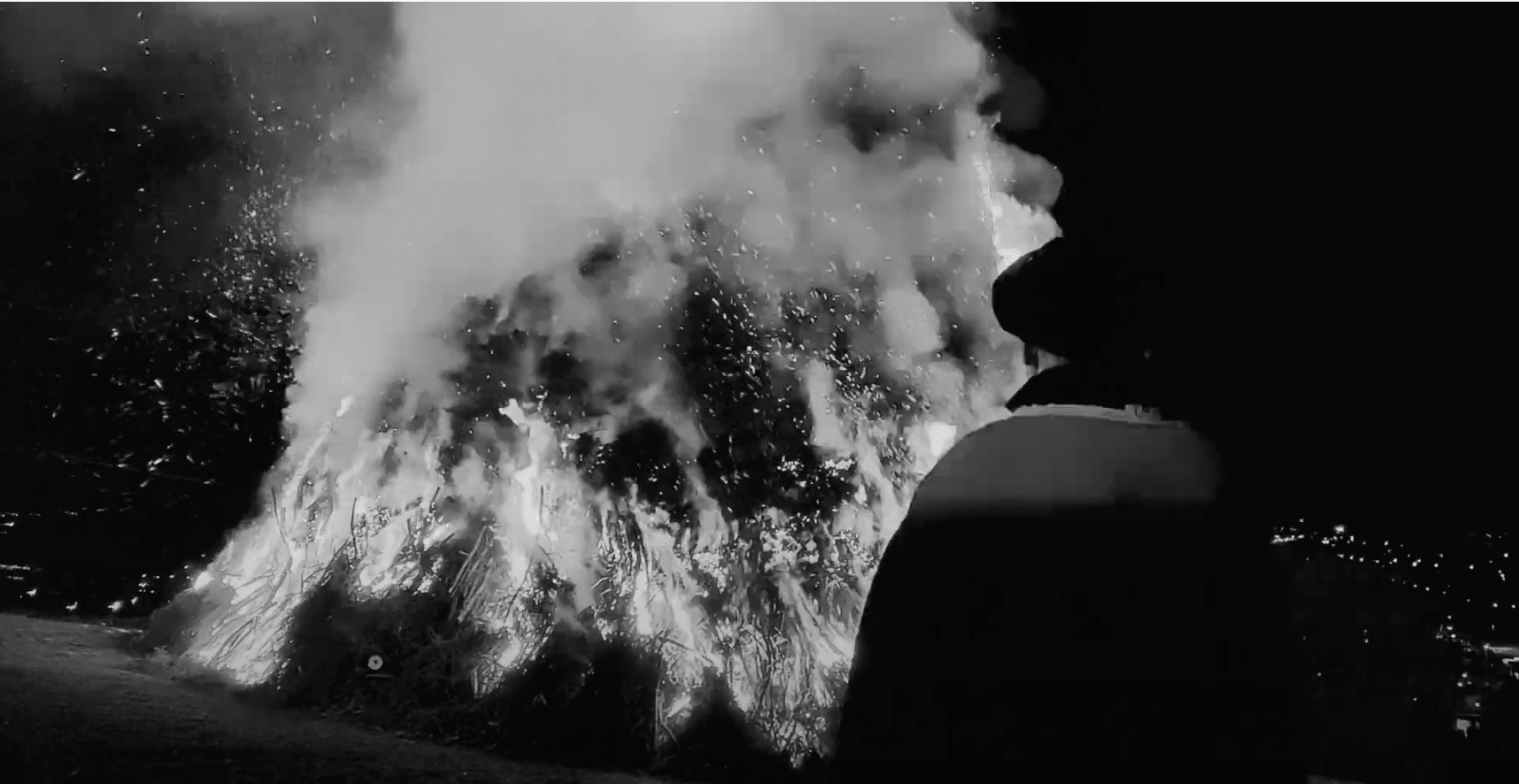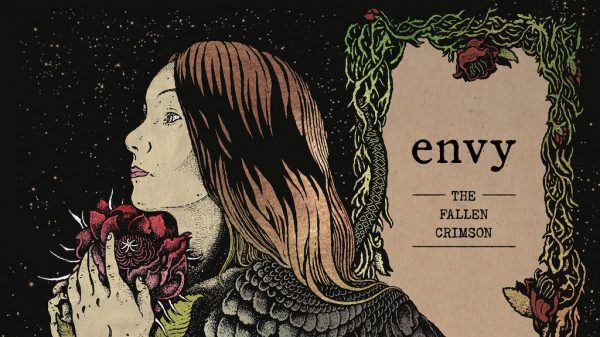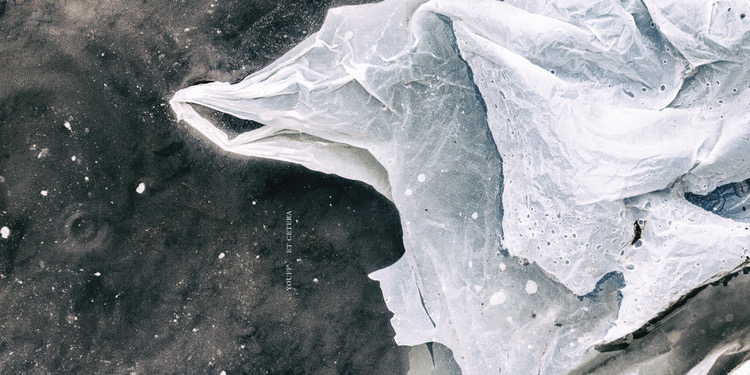The human relationship with fire is a fascinating one. I feel like if you want to know when a culture or society lost its way, look to their relationship with fire. When did fire cease to be a cleansing force, and become a destructive one? For millennia, the indigenous people of Turtle Island set controlled fires in order to maintain the balance of life and death that fosters harmony in nature. But when Europeans stole their land and suppressed their knowledge, practices like this one were outlawed. This year, California officials have admitted that the 150-year ban on prescribed burns has probably led us to a place where wildfires are now raging out of control across our continent. In other words, we are lost, and fire is showing us how to retrace our steps. I’m musing on this as I watch the new video Pothamus has released for their song “Orath.” For the video, the Belgian band filmed a 1,000-year-old fire ritual known as The Great Fire of Bouge, a massive bonfire held annually in the neighborhood of Bouge in Namur, Belgium to “announces the reappearance of spring, marking a moving moment when nature will wake up from its winter slumber.” (Another example of the irony that colonizer identities have lost any and all connection to ancestral practices like this one, and replaced them with a culture of societal power based on race and gender.) Paired with the profoundly moving post rock that Pothamus conjures, the imagery of humanity’s reverence for fire is a reminder that with all the control we think we exert on existence, our mother has far more power than we are capable of comprehending. Acknowledging her through her own creations is what keeps us grounded on this planet. We’re excited to be sharing the video for “Orath,” and you can read more about the ritual below. Pothamus’ new album Raya is out on December 4th via Consouling Agency, and you can pre-order it here (CD) and here (LP).
Filming the fire-ritual in Bouge animates Pothamus’ music with personal impressions of Belgian folklore. The Great Fire of Bouge is said to be a tradition for over 1.000 years in the region. However, 50 years ago this tradition almost died out. To ensure the continuation and practical organization of the ritual, the Brotherhood of the Traditional Big Fire of Bouge (‘la Confrérie du Grand Feu Traditionnel de Bouge’) was established. Members of the brotherhood wear a beret, a cape, white shirt, bow tie, black pants and the medal of the great fire. In a parade through the village, members of the brotherhood represent the return of spring, of light, of nature, and of the fertile season. Supervening volunteers dressed in black capes and masks, representing the dark winter months.
The fire of Bouge is one of the 7 fires to be lit in the nearby valley that same evening. In the spirit of folklore superstition, it was said that whoever saw the 7 fires had nothing to fear from grimacers and witches for a year. The fateful number 7 should be emphasized here. Seven is a sacred number in almost all religions. In the past, embers and ashes from the Great Fire were sold at auction and bought by farmers. Spread in the fields, they preserved – it was said – rats and mice and provided good harvests. Whoever managed to leap over the blaze was free from stomach aches for a year.













